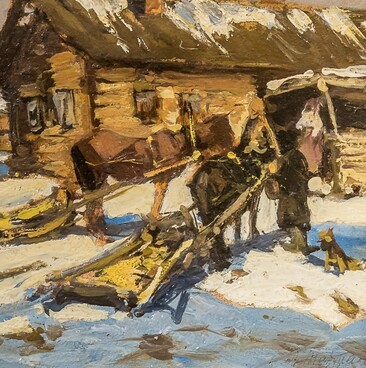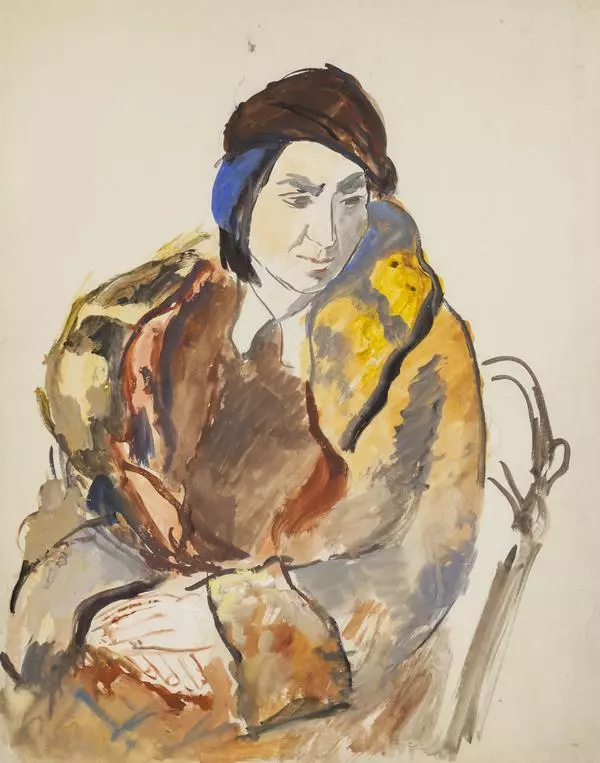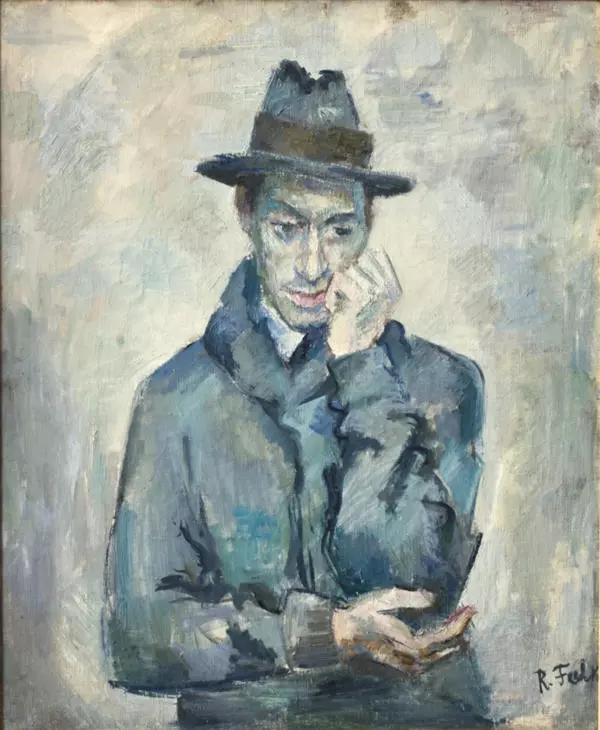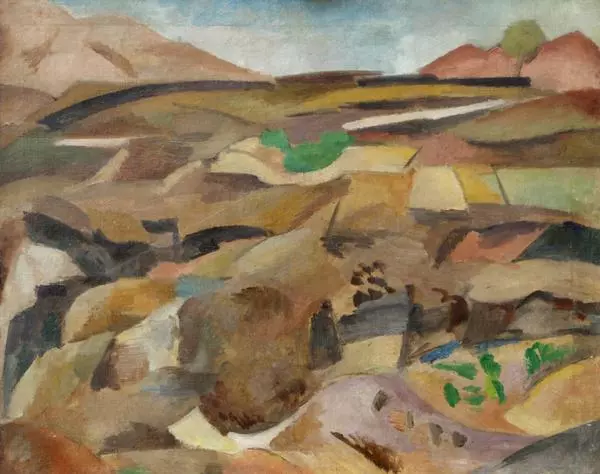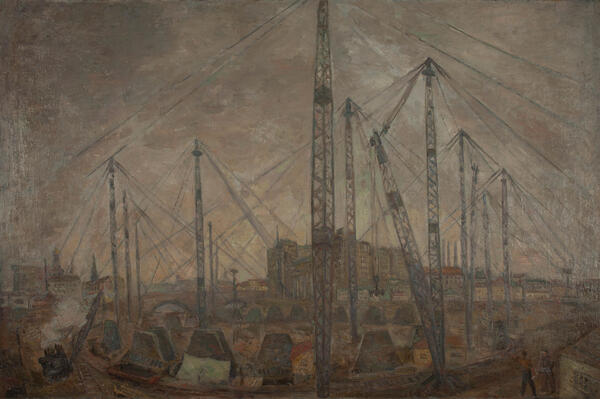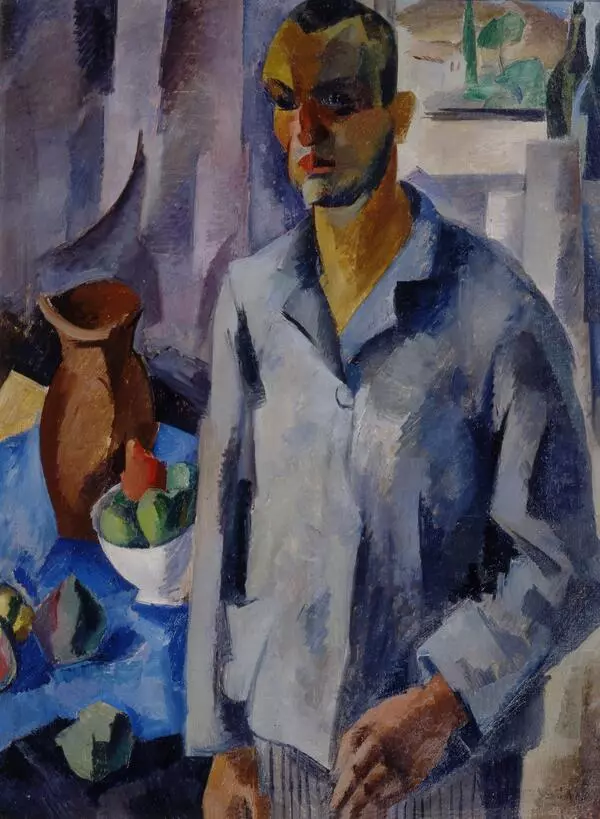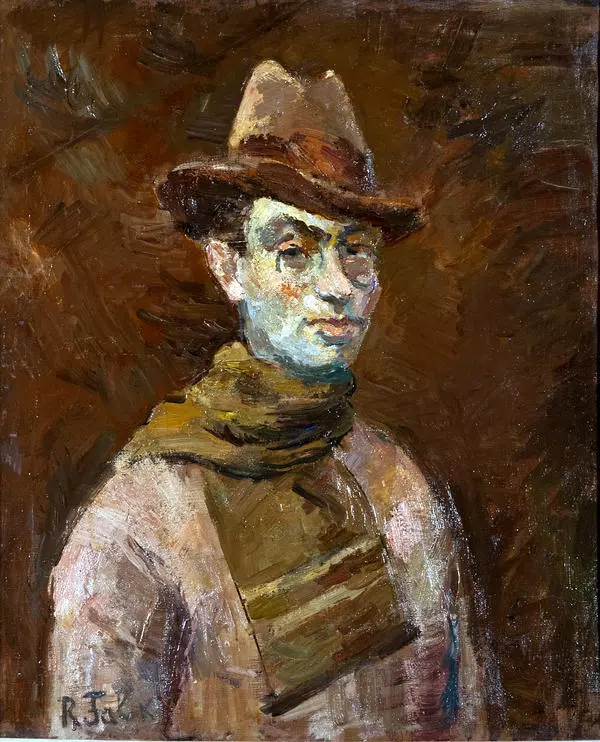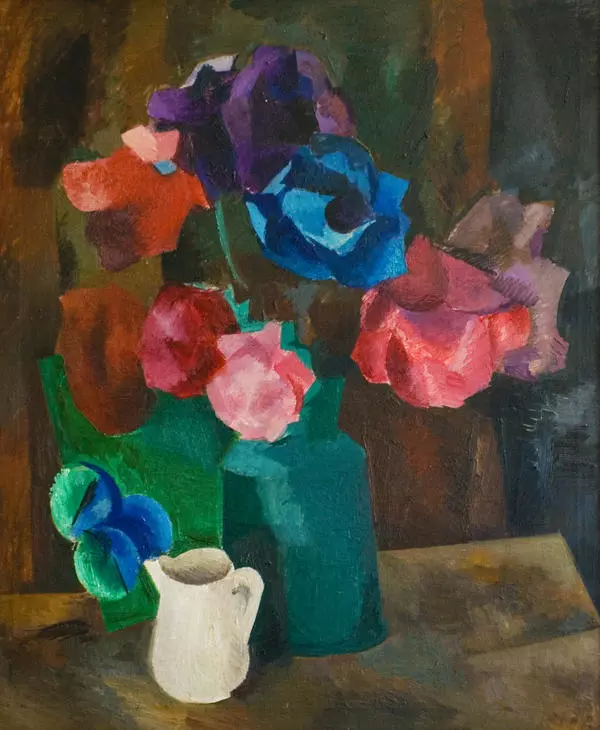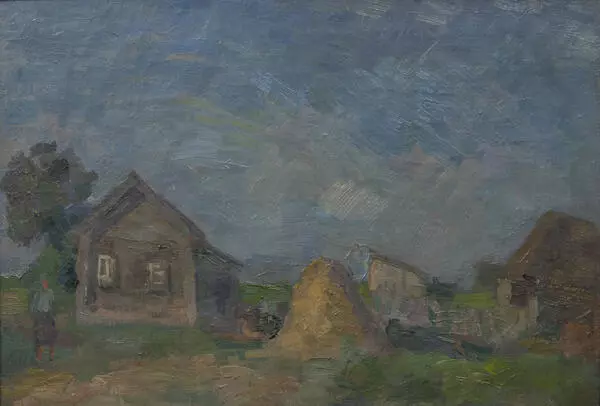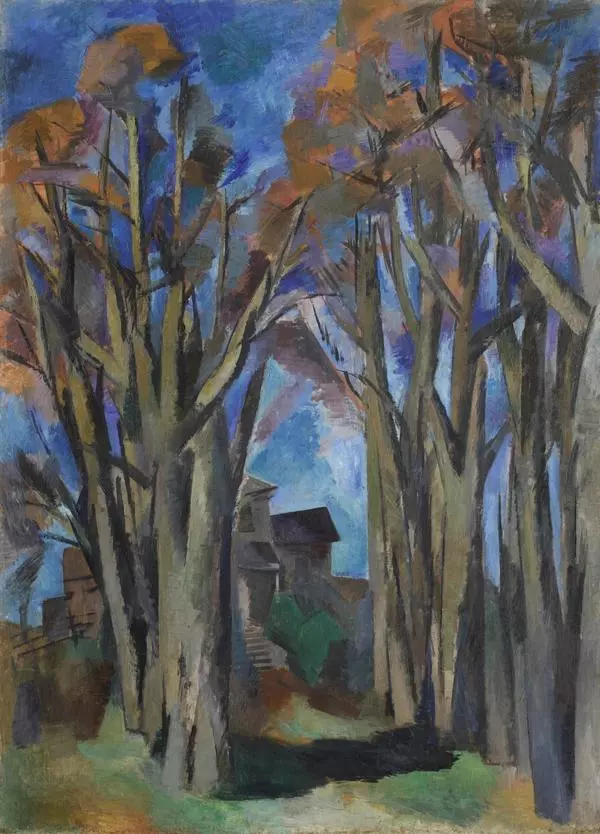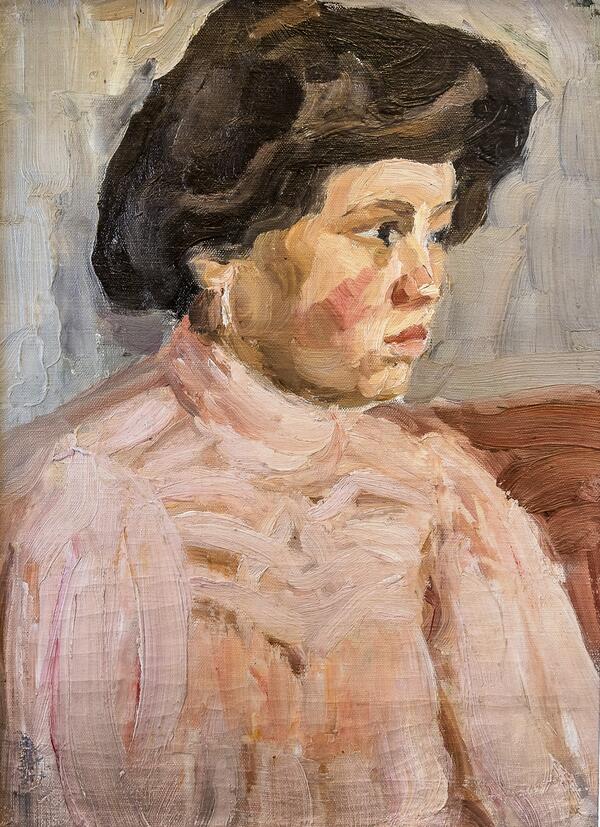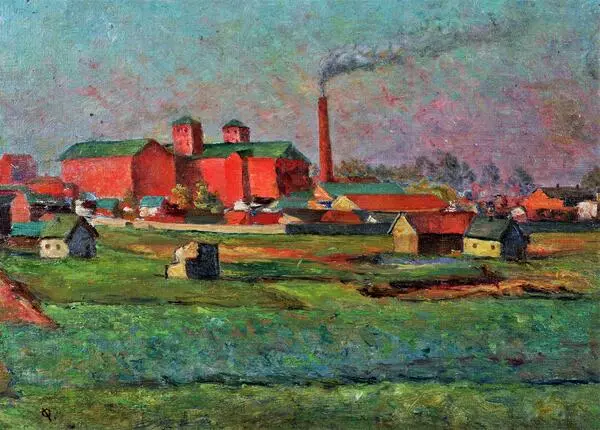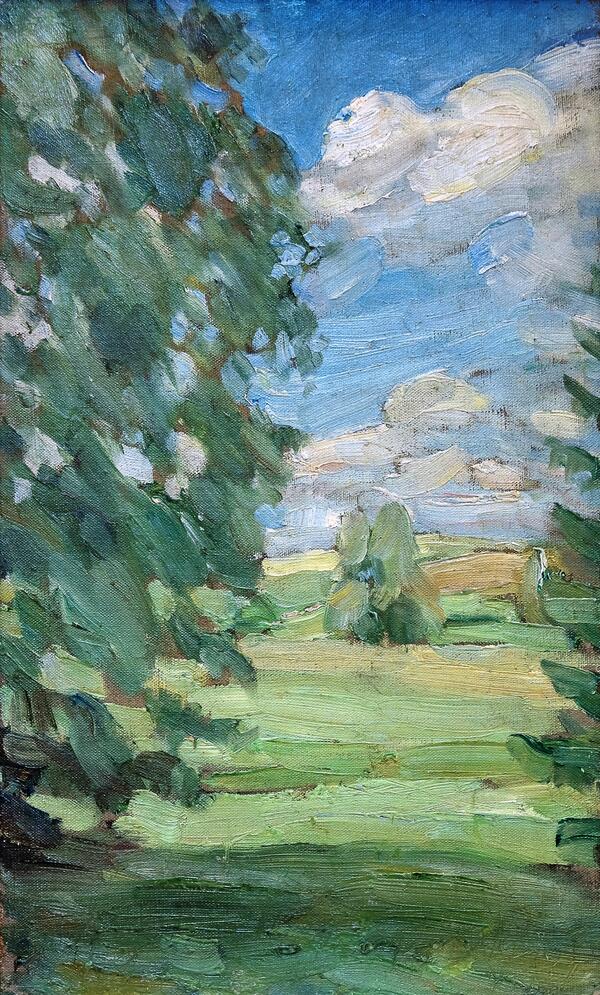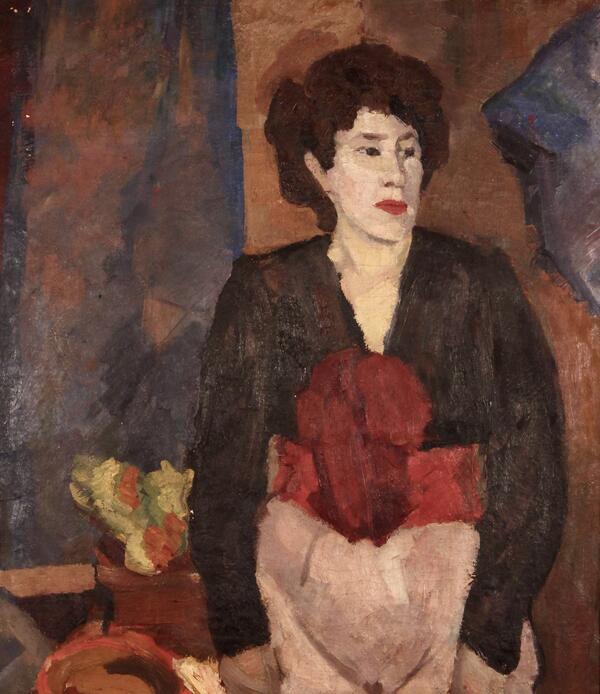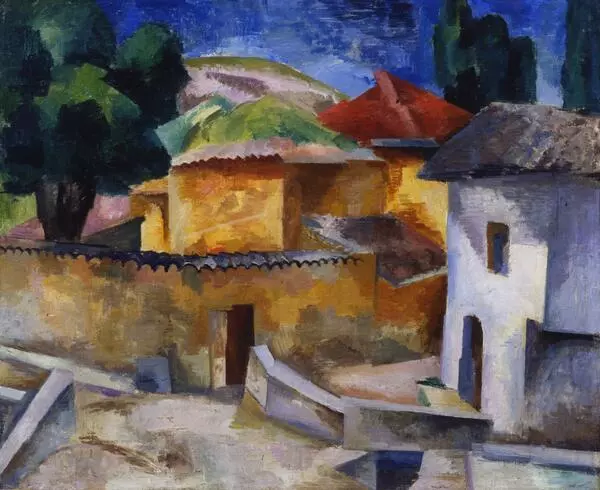Robert Rafailovich Falk was born in Moscow in 1886. He studied at the art school of Konstantin Fyodorovich Yuon and Ivan Osipovich Dudin, at the private studio of Ilya Ivanovich Mashkov and at the Moscow School of Painting, Sculpture and Architecture, where he was mentored by Konstantin Alekseyevich Korovin and Valentin Alexandrovich Serov.
The artist’s works are kept in the State Tretyakov Gallery, the State Russian Museum, the Pushkin State Museum of Fine Arts and other collections.
Throughout his time at the Moscow School of Painting, Robert Falk went through a “complex process of formation and search”. The Impressionism system he explored in 1905–1907 was no longer useful in the new tasks that he set himself. It was within this system that “a new, more constructive principle matured… there are signs of new aspirations, which, knowing the artist’s future achievements, can be distinguished.”
The works that Falk created in 1908 reflect the beginning of him gradually approaching a turning point in his career. The study characteristics and deliberately random composition in his early landscapes give place to a more thorough and finished manner of painting and compositional balance in the work “Crimea. Sudak”.
In his work “Crimea. Sudak”, the artist preserved the plein-air approach to color, however, he used the panoramic composition, based on the connection between colors, the shape of buildings and the Crimean Mountains — a symbol of the ancient land. This adds a certain stability and a sense of permanence to the landscape.
The exotic nature of Crimea prompted the artist to take a different approach to its depiction since it was not similar to the nature of the Moscow region. Later, in the mid-1910s, Falk created a conceptual cycle of Crimean landscapes.
Falk blended various trends in his early career which resulted in stylistically different works created within a short period of time. Some of them “showed a clear path to his further development”. The landscape “Crimea. Sudak” is one such work.
Falk’s early painting “Crimea. Sudak” is attributed to the period of his fascination with Paul Cézanne. Like Cézanne, who dedicated 87 landscapes to Montagne Sainte-Victoire in Provence, Falk painted the Crimean Mountains with oil and watercolor throughout his life.


